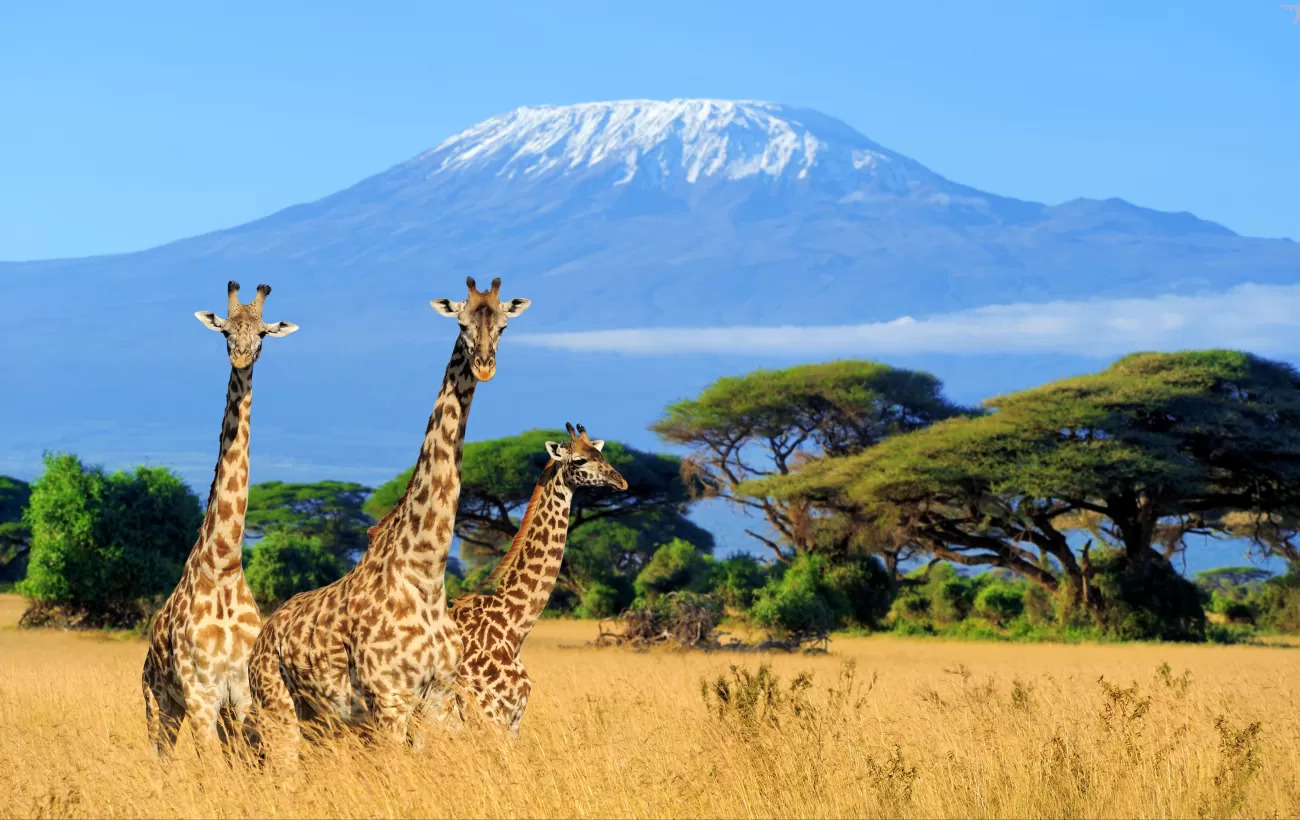Tanzania is a country of unparalleled beauty, offering diverse experiences for adventurers, wildlife enthusiasts, and culture seekers alike. From vast savannahs filled with wildlife to serene beaches and towering mountains, there’s something for everyone in this East African gem. If you’re considering a Tanzania 7-Day Tour, here’s a guide to help you make the most of your time in this incredible country.
1. Witness the Great Migration in the Serengeti National Park
One of the most extraordinary spectacles of nature, the Great Migration in Serengeti National Park is a must-see for wildlife lovers. Every year, over 1.5 million wildebeest, accompanied by thousands of zebras and gazelles, traverse the plains of the Serengeti in search of fresh grazing grounds. This journey is fraught with peril as the animals cross crocodile-infested rivers and face predators like lions and cheetahs along the way.
The best time to witness the migration varies depending on the phase of the journey. If you’re planning your Tanzania 7 Day Tour between June and September, you’ll have a great chance of seeing the river crossings at the Grumeti or Mara rivers, a dramatic and thrilling moment.
2. Explore the Ngorongoro Crater
Located in the Ngorongoro Conservation Area, the Ngorongoro Crater is the largest inactive volcanic caldera in the world. A UNESCO World Heritage Site, the crater hosts an incredible density of wildlife, including lions, elephants, black rhinos, and various bird species. The crater is a self-contained ecosystem, making it one of the best places to observe a wide variety of animals in a relatively small area.
A game drive in the Ngorongoro Crater is an essential part of any Tanzanian safari. The crater’s dramatic landscape, with its steep walls surrounding a lush valley, provides a stunning backdrop for wildlife viewing.
3. Climb Mount Kilimanjaro
For adventurers and mountaineers, climbing Mount Kilimanjaro is one of the ultimate bucket-list items. At 5,895 meters, it is the highest peak in Africa and the tallest free-standing mountain in the world. Despite its towering height, Kilimanjaro is a non-technical climb, meaning that it’s accessible to hikers without any special climbing skills or equipment.
There are several routes to the summit, including the popular Machame Route, which takes 6-7 days to complete. While the climb is physically demanding, the reward is worth it: standing atop Africa’s highest point and gazing out over the clouds is a moment you’ll never forget.
4. Relax on the Beaches of Zanzibar
After days spent exploring Tanzania’s wild side, take a break on the idyllic beaches of Zanzibar. This tropical archipelago, located off the coast of Tanzania, is known for its white sandy shores, crystal-clear waters, and rich history. Whether you want to lounge on the beach, go snorkeling or scuba diving, or explore the vibrant culture of Stone Town, Zanzibar offers a relaxing and beautiful escape.
The island is also famous for its spice plantations. A spice tour gives visitors the opportunity to see how cloves, cinnamon, vanilla, and other spices are grown and harvested. It’s a great way to learn about the island’s history as a center of the spice trade.
5. Visit Tarangire National Park
Often overlooked in favor of the Serengeti and Ngorongoro, Tarangire National Park is a hidden gem in Tanzania’s northern safari circuit. The park is famous for its large elephant herds, which roam its baobab-dotted landscapes. In the dry season (June to October), Tarangire becomes a hotspot for wildlife, as animals congregate around the Tarangire River, the park’s primary water source.
In addition to elephants, Tarangire is home to lions, leopards, cheetahs, giraffes, and a variety of bird species. It’s an excellent destination for those who want to experience a quieter, more intimate safari.
6. Explore Lake Manyara National Park
Lake Manyara National Park may be small, but it packs a big punch. The park is famous for its tree-climbing lions, a rare phenomenon that’s not fully understood by scientists. In addition to these elusive cats, Lake Manyara is a great place to see elephants, hippos, flamingos, and various other bird species.
The park’s varied landscapes—ranging from groundwater forests to acacia woodlands and expansive soda lakes—make it a fascinating place to explore on a game drive. If you’re interested in combining nature and culture, Lake Manyara also offers opportunities for village visits and cultural experiences with the local Maasai people.
7. Experience Maasai Culture
No trip to Tanzania is complete without learning about the Maasai people, one of the country’s most iconic and well-known tribes. The Maasai are famous for their distinctive red clothing, traditional warrior culture, and close relationship with the land and animals.
Visitors can experience Maasai culture through organized village visits, where you’ll have the opportunity to learn about their way of life, from their traditional huts to their livestock-keeping practices. Some tours also include a chance to witness traditional Maasai dances or participate in a guided walk through Maasai territory.
Conclusion
Tanzania is a land of diverse landscapes and rich cultural experiences, offering visitors a perfect mix of adventure, relaxation, and education. Whether you’re looking to witness the Great Migration, climb Africa’s tallest peak, or relax on Zanzibar’s beaches, a Tanzania 7 Day Tour provides the ideal amount of time to experience the best this incredible country has to offer. From wildlife safaris to cultural immersion, Tanzania has something for everyone—ensuring an unforgettable travel experience.




